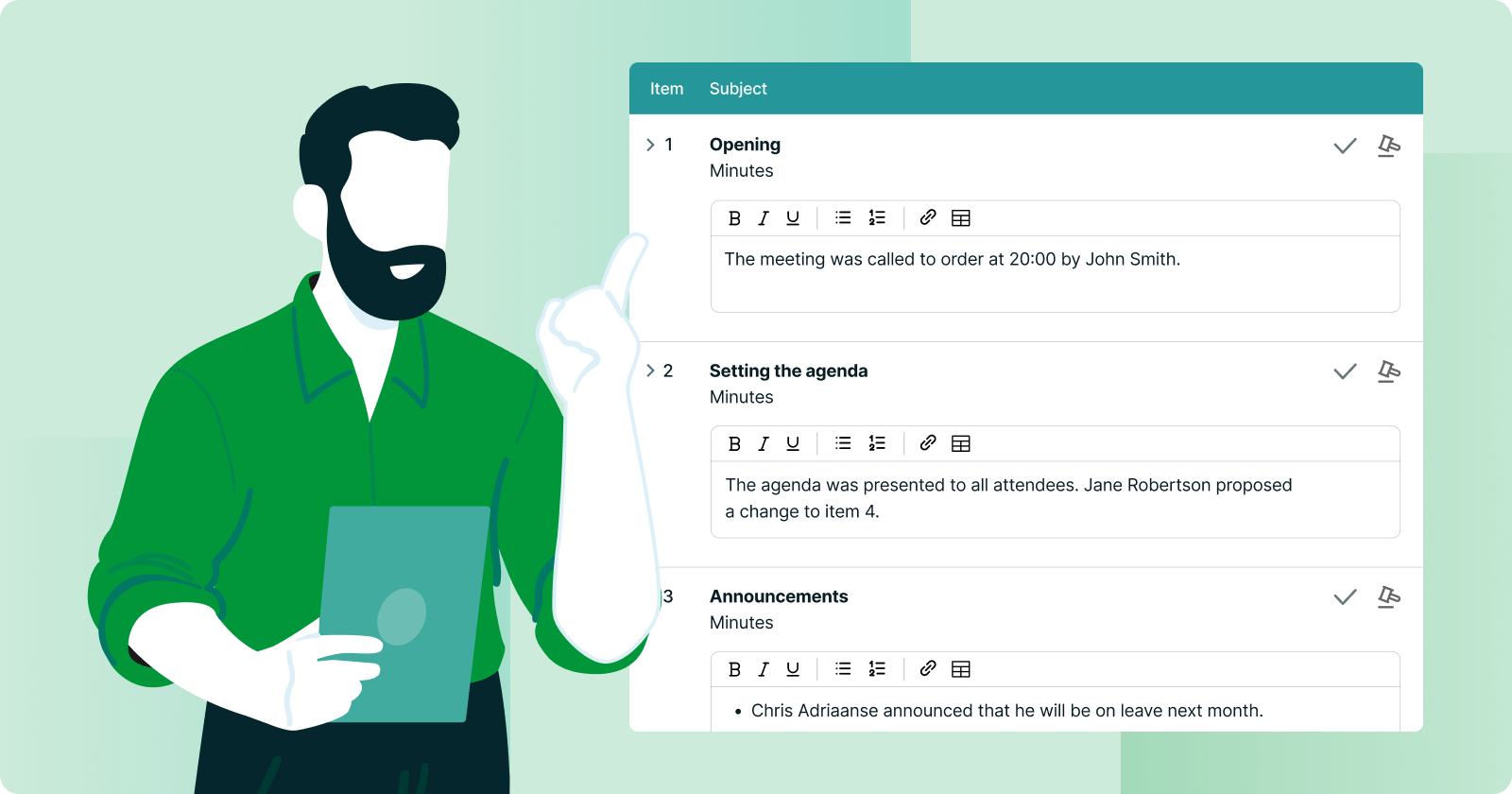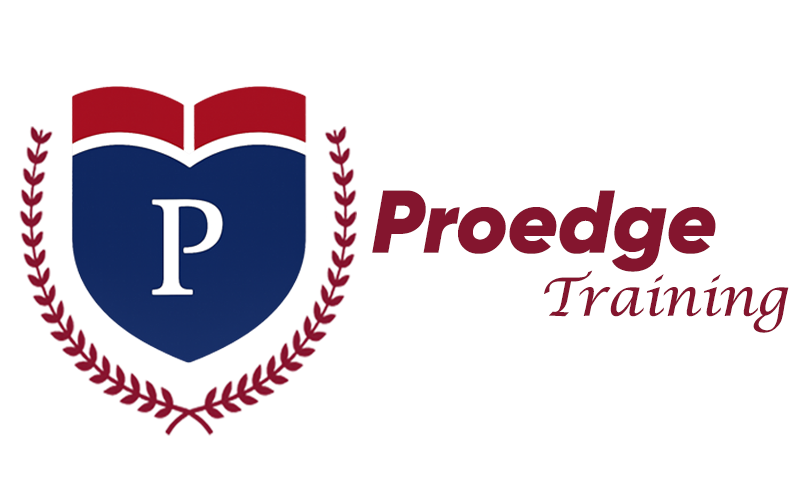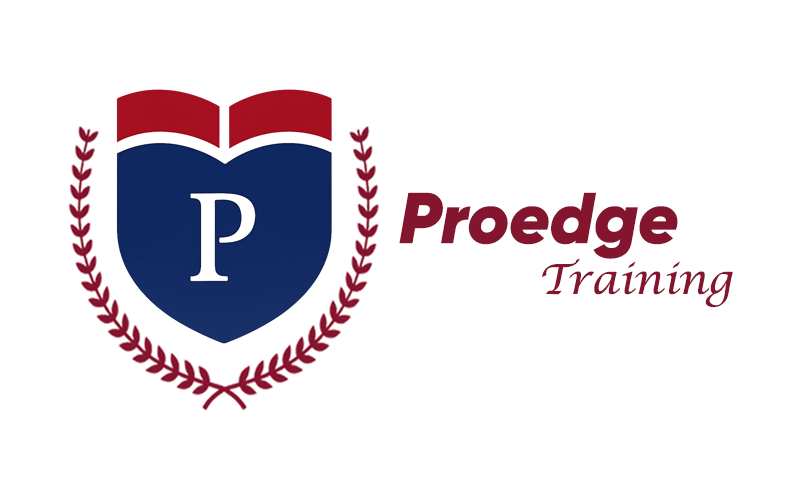
How to Become a Minute Taking Pro: Essential Tips
Minute taking is a valuable skill in any professional setting. It involves accurately recording meeting details. To become proficient, focus on active listening and clear documentation. Minute taking is more than jotting down words; it’s about capturing the essence of discussions. Good minutes help teams stay informed and make decisions. This skill is crucial in fast-paced environments where details matter. Whether you’re in a boardroom or a casual meeting, effective minute taking ensures that everyone has a clear record. It requires concentration, organization, and the ability to distill complex conversations into simple notes. Becoming skilled in this area can boost your career, enhance productivity, and create valuable records for future reference. Ready to learn how you can become an expert in minute taking? Let’s dive in!
Essential Skills For Minute Taking
Becoming proficient in minute taking requires a blend of essential skills. These skills ensure that meeting minutes are accurate, clear, and useful for everyone involved. Strong minute takers help meetings run smoothly by capturing key points and decisions. The three core skills are listening, writing, and attention to detail. Each plays a vital role in producing effective and professional meeting minutes.Listening Skills
Active listening is the cornerstone of effective minute taking. It involves more than just hearing words; it requires understanding and interpreting the information accurately. Minute takers must focus on the conversation, identifying main points and important decisions. Key aspects of active listening include:- Concentration: Stay engaged and avoid distractions.
- Understanding: Grasp the context and nuances of the discussion.
- Questioning: Clarify points when necessary to ensure accuracy.
Writing Skills
Documentation skills are crucial for minute taking. Clear and concise writing helps convey the meeting’s outcomes effectively. Here are some key components of writing skills in minute taking:- Clarity In Writing: Use simple language to ensure everyone understands the minutes.
- Organizational Skills: Structure the minutes logically, with sections like attendees, agenda items, and action points.
- Effective Note-Taking: Capture key points quickly and accurately.
| Section | Description |
|---|---|
| Attendees | List of participants. |
| Agenda Items | Main topics discussed. |
| Action Points | Decisions and tasks assigned. |
Attention To Detail
Attention to detail ensures that all important aspects of a meeting are captured in the minutes. This skill helps prevent errors and omissions, maintaining the document’s integrity. Important elements of attention to detail include:- Accuracy: Verify facts and figures before documenting.
- Consistency: Use uniform terminology and formatting throughout the minutes.
- Professionalism In Minute Taking: Maintain a neutral tone, free from personal opinions.
Preparing For Meetings
Minute taking is an essential skill for any professional who participates in meetings. Preparing for meetings plays a crucial role in capturing accurate and clear meeting minutes. This preparation involves understanding the agenda, gathering necessary materials, and setting up the environment. Each aspect contributes to effective note-taking and ensures that the documentation is precise and valuable. Let’s dive into these elements to enhance your minute-taking skills.Understanding The Agenda
Understanding the agenda is fundamental to successful minute taking. The agenda outlines the topics to be discussed and helps you focus on key points. Start by reviewing the agenda thoroughly, noting any unfamiliar terms or topics. This enhances your organizational skills and prepares you for active listening during the meeting.- Agenda Preparation: Know the purpose of each agenda item.
- Key Participants: Identify who will speak on various topics.
- Expected Outcomes: Understand what decisions or actions are anticipated.
| Agenda Item | Speaker | Outcome |
|---|---|---|
| Budget Discussion | John Doe | Approval of funds |
| Project Update | Jane Smith | Status report |
Gathering Necessary Materials
Gathering necessary materials is crucial for effective note-taking. Equip yourself with tools that support your transcription skills. Essential materials include notepads, pens, and digital devices. Ensure your laptop or tablet is charged and ready to record meeting minutes efficiently. Here’s a checklist to ensure you have everything you need:- Notepad: For quick jotting of ideas.
- Pens: Multiple colors for categorizing points.
- Laptop/Tablet: For digital documentation techniques.
- Agenda Copy: Easy reference during the meeting.
Setting Up The Environment
Setting up the environment is pivotal for optimal minute taking. A conducive environment enhances focus and aids in active listening techniques. Choose a quiet space with minimal distractions. Consider these aspects for your setup:- Lighting: Ensure good lighting to prevent eye strain.
- Seating: Comfortable seating for prolonged periods.
- Background Noise: Minimize disturbances to concentrate better.
Effective Note-taking Techniques
Effective note-taking techniques are essential for anyone looking to excel in minute taking. This skill involves capturing the essence of meetings and creating clear, concise meeting minutes. Whether you’re summarizing discussions or using transcription techniques, mastering effective note-taking is crucial. Let’s explore some techniques to enhance your minute taking skills.Using Abbreviations
Abbreviations can significantly speed up the note-taking process. They allow you to jot down information quickly without losing the essence. Active listening is vital when employing abbreviations. Focus on the words that matter. Here are some tips:- Develop a list of standard abbreviations. For example, “mgmt” for management or “dept” for department.
- Use initials for commonly referenced terms. For example, “CEO” for Chief Executive Officer.
- Create your own shorthand for repetitive phrases.
| Term | Abbreviation |
|---|---|
| Management | Mgmt |
| Department | Dept |
| Meeting Minutes | MM |
Organizing Notes
Well-organized notes are a cornerstone of effective minute taking. They help in documentation best practices and ensure that information is easily retrievable. Here are some strategies:- Start with a clear structure. Use headings and subheadings for different topics.
- Utilize bullet points to separate ideas clearly.
- Number sections if the meeting follows a specific agenda.
| Agenda Item | Key Points | Action Items |
|---|---|---|
| Budget Review | Discussed cost-saving strategies | Implement new budget by Q2 |
| Project Update | Milestone achieved ahead of schedule | Prepare for next phase |
Identifying Key Points
Identifying key points is critical in minute taking. Minute taking skills rely on capturing what’s most important. Here are some tips:- Listen for phrases like “decision made,” “action required,” or “follow-up needed.”
- Highlight points that have consensus among participants.
- Focus on action items and deadlines.
- What are the main topics covered?
- Who is responsible for each action item?
- What are the deadlines?

Types Of Minutes
Taking minutes is an essential skill in any professional setting. Effective minute-taking ensures that all important discussions and decisions are documented. Understanding the types of meeting minutes is crucial for a professional minute taker. Different meetings require different types of documentation. Let’s explore the various types of minutes: Action Minutes, Detailed Minutes, and Summary Minutes.Action Minutes
Action Minutes focus on tasks and responsibilities. They are concise and highlight the outcomes of a meeting. This type of minute captures who will do what and by when. It’s an efficient way to ensure follow-up on decisions. Key elements include:- Tasks: Clearly defined actions.
- Responsible Parties: Names of individuals or teams assigned to tasks.
- Deadlines: Specific dates for completion.
| Task | Responsible Party | Deadline |
|---|---|---|
| Prepare Budget Report | John Doe | March 10, 2023 |
| Organize Team Meeting | Jane Smith | March 5, 2023 |
Detailed Minutes
Detailed Minutes provide a comprehensive record of everything discussed. They include in-depth information about each agenda item. This type is useful for complex meetings where every detail matters. Elements of detailed minutes:- Discussion Points: In-depth summaries of what was discussed.
- Opinions: Different views expressed by participants.
- Decisions: Final resolutions made.
Summary Minutes
Summary Minutes offer a brief overview of the meeting. They are less detailed than detailed minutes but more comprehensive than action minutes. They highlight key points and decisions without going into every detail. Components of summary minutes:- Main Topics: Key subjects discussed.
- Decisions: Major outcomes agreed upon.
- Next Steps: Plans for future actions.
Post-meeting Responsibilities
Becoming proficient in minute taking involves much more than just jotting down notes during a meeting. The real work often begins after the meeting concludes. Post-meeting responsibilities are crucial to ensuring that the meeting’s outcomes are properly documented and communicated. This involves editing minutes for clarity, distributing them to the relevant parties, and ensuring that any action items are followed up on. Mastering these post-meeting tasks is essential for effective minute taking and contributes to overall organizational success.Editing Minutes
Editing minutes is a vital step in the minute taking process. The first draft of the meeting minutes is often rough and requires refinement. Here are some key aspects to focus on:- Clarity: Ensure that the minutes are clear and concise. Avoid jargon unless it’s widely understood by all meeting participants.
- Accuracy: Double-check names, dates, and any figures mentioned. Accuracy is crucial in meeting documentation.
- Consistency: Maintain a consistent format throughout. This includes using the same font, size, and layout.
| Element | Included? |
|---|---|
| Date and Time | ✔️ |
| Attendees | ✔️ |
| Key Points Discussed | ✔️ |
| Action Items | ✔️ |
Distributing Minutes
Minutes distribution is an important task that should not be delayed. Once the minutes are edited and approved, share them promptly with all relevant parties. Here are some strategies for effective distribution:- Email Distribution: Use a group email to send the minutes. Ensure all key stakeholders receive them.
- Online Platforms: If your organization uses platforms like SharePoint or Slack, upload the minutes for easy access.
- Physical Copies: In some cases, distributing printed copies might be necessary for record-keeping.
Following Up On Action Items
Following up on action items is a critical aspect of meeting follow-up. It ensures that the tasks agreed upon during the meeting are completed. Here’s how to manage action items effectively:- Create a Checklist: List all action items along with responsible individuals and deadlines.
- Regular Check-Ins: Schedule regular check-ins to monitor progress on each action item.
- Documentation: Keep records of any updates or changes related to the action items.

Tools And Technology
Becoming skilled at minute taking requires more than just sharp listening skills. Utilizing the right tools and technology can significantly enhance your efficiency. From software to devices and templates, the right tools make minute taking a breeze. Let’s explore how technology can aid in professional minute taking.Note-taking Software
Effective note-taking is crucial for clear meeting documentation. Various digital note-taking tools can help streamline the process:- Evernote: Offers seamless organization and search capabilities.
- Microsoft OneNote: Integrates well with other Microsoft Office tools.
- Google Keep: Perfect for quick notes and reminders.
| Software | Features | Best For |
|---|---|---|
| Evernote | Tags, search, collaboration | Detailed note-taking |
| Microsoft OneNote | Integration with Office tools | Professional meetings |
| Google Keep | Reminders, quick notes | Personal tasks |
Recording Devices
Audio recording is a vital part of accurate meeting minutes. Recording devices ensure nothing is missed:- Smartphone Apps: Convenient and always available.
- Digital Recorders: High-quality sound capture.
- Laptops: Integrated recording and storage.
Templates And Formats
Consistency in meeting minutes is achieved through Minute-Taking Templates. These templates provide structure and clarity:- Action Items: Lists tasks assigned during meetings.
- Attendance: Records who was present.
- Discussion Points: Summarizes key topics.
Common Challenges
Becoming adept at minute taking requires mastering a variety of skills. Even seasoned professionals encounter hurdles. Understanding common challenges can aid in honing your minute taking skills. By addressing these difficulties, you can enhance your documentation best practices. This ensures meeting minutes are both accurate and efficient.Dealing With Interruptions
Interruptions can disrupt your focus during meetings. They can lead to incomplete or inaccurate notes. Here are some strategies to manage interruptions effectively:- Set Clear Boundaries: Politely inform participants of your need for focus.
- Use Technology: Digital tools can help minimize disruptions. Consider recording the meeting.
- Active Listening Techniques: These help maintain concentration despite distractions.
| Method | Description |
|---|---|
| Setting Boundaries | Inform others of your role to minimize distractions. |
| Using Technology | Utilize recordings to capture missed information. |
| Active Listening | Focus on key points despite background noise. |
Managing Time Constraints
Time constraints can pressure minute takers. Effective note-taking within limited time is crucial. Implementing time management strategies can aid in overcoming these challenges.- Prioritize Key Points: Focus on summarizing discussions rather than capturing every detail.
- Prepare in Advance: Familiarize yourself with the agenda and expected outcomes.
- Organizational Skills: Structured notes help in quick documentation.
- Review the agenda before the meeting.
- Identify and focus on major topics during the meeting.
- Summarize discussions succinctly in your notes.
Handling Conflicting Information
Conflicting information can pose significant challenges. Minute takers must possess conflict resolution skills to manage discrepancies. Here are ways to handle conflicting details:- Clarify During the Meeting: Ask for confirmation when contradictions arise.
- Consult with Participants: Post-meeting discussions can clarify uncertainties.
- Professional Communication: Diplomatically address differences in interpretation.
| Technique | Application |
|---|---|
| Clarification | Seek immediate verification during the meeting. |
| Consultation | Discuss with key participants afterwards. |
| Diplomatic Communication | Address differences with professionalism. |
Professional Development
To excel as a professional minute taker, one must focus on professional development. This involves honing key skills and staying updated with industry trends. Through professional development, you can enhance your transcription techniques, organizational skills, and overall minute taking abilities. By investing in your growth, you become a more effective note-taker, capable of capturing crucial details with precision. Let’s explore some pathways for professional development.Training Courses
Formal training courses are essential for mastering minute taking skills. These courses cover a wide range of topics, from transcription techniques to business communication skills. They help you understand the nuances of effective note-taking and meeting facilitation techniques. Look for courses that offer practical exercises and real-life scenarios.- Transcription Techniques: Learn how to accurately record spoken words.
- Meeting Minutes Template: Understand the structure of effective minutes.
- Organizational Skills: Develop strategies for organizing information efficiently.
| Course Name | Provider | Duration |
|---|---|---|
| Minute Taking Training | Skillshare | 4 weeks |
| Professional Minute Taker Certification | Coursera | 6 weeks |
Networking Opportunities
Building a network is crucial for professional growth. Networking opportunities allow you to connect with other professional minute takers, share experiences, and learn new documentation best practices. Attend industry conferences and workshops to meet experts in the field.- Join Professional Groups: Become a member of associations related to business communication.
- Participate in Webinars: Engage with industry leaders and gain insights into current trends.
- Engage on Social Media: Follow influencers and join online forums focused on minute taking.
Continuous Learning Resources
Continuous learning is vital for staying relevant in the field of minute taking. Utilize a variety of resources to keep your skills sharp and updated. Books, podcasts, and online articles are excellent sources of information on documentation best practices and effective note-taking.- Read Books: Explore literature on minute taking and business communication skills.
- Listen to Podcasts: Gain insights from experts through engaging audio content.
- Subscribe to Blogs: Follow blogs that offer tips and updates on transcription techniques.
| Resource Type | Title |
|---|---|
| Book | The Minute Taker’s Handbook |
| Podcast | Effective Note-Taking Tips |




